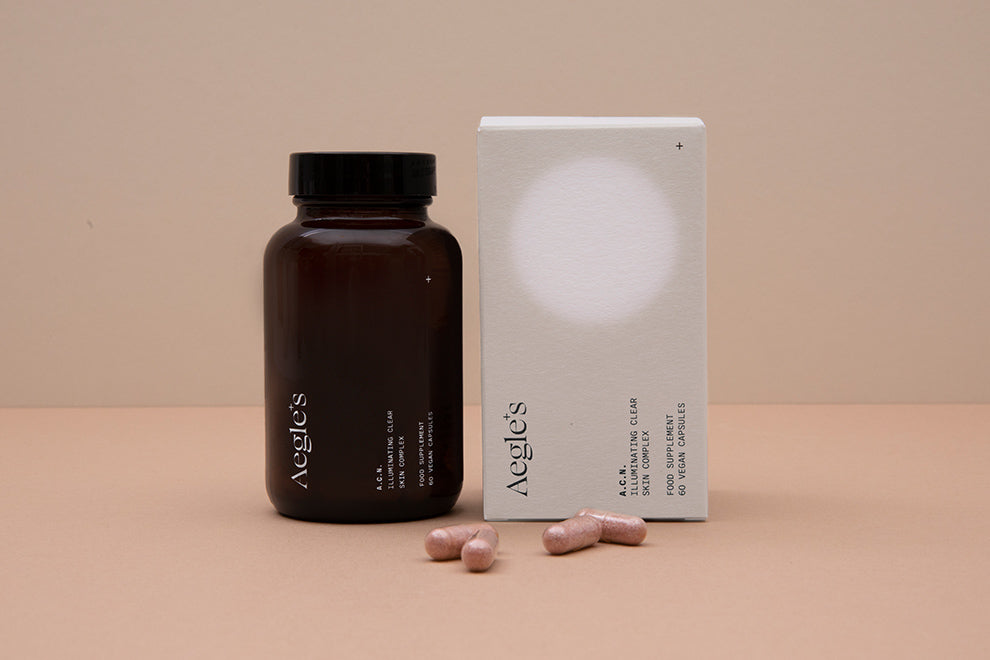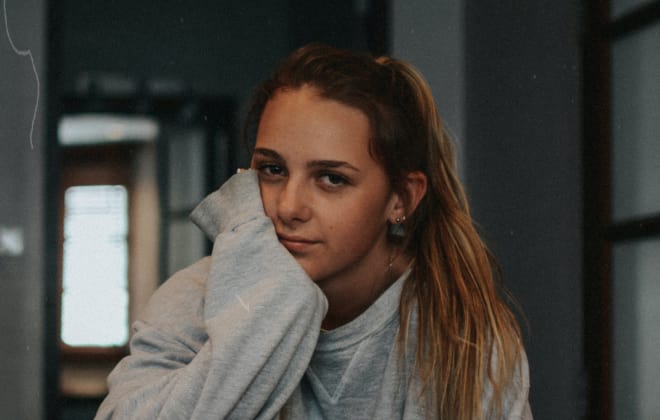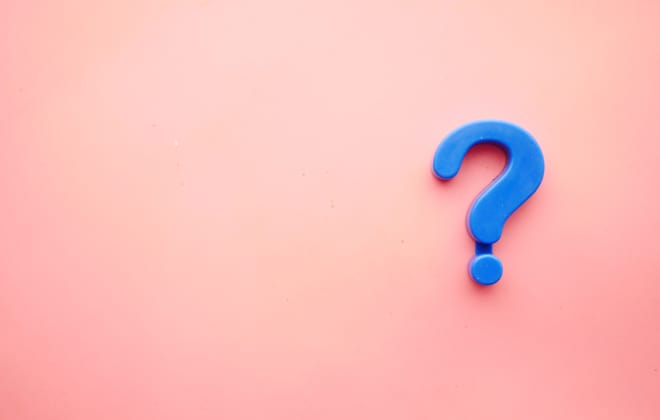

Is your skin condition acne, or could it be rosacea? These two skin issues can look remarkably similar, but they have key differences. In fact, it’s even possible to have both acne and rosacea at the same time, which can make it even more confusing. Let’s dive into what rosacea is and how it differs from acne.
Rosacea is a chronic skin condition that primarily affects the face. Symptoms can include redness, small visible blood vessels, swelling, pus-filled pimples, thickened skin, eye irritation, itchiness, and skin flushing.
Because rosacea often involves redness, inflammation, and small pus-filled pimples, it’s commonly mistaken for acne. The confusion intensifies when someone has both conditions simultaneously, making self-diagnosis tricky.
Roughly 1-10% of people will experience rosacea in their lifetime, with most cases affecting women over 30 with fair skin. Due to the lack of awareness around the condition and its similarities to acne, many women mistake their rosacea for acne.
How are rosacea and acne similar?
There are four types of rosacea, and it’s possible to have more than one type at once. Papulopustular rosacea is most often mistaken for acne, characterized by small, pus-filled pimples. These pimples resemble those seen in acne, with both types of pimples being classified as "papules" and "pustules."
Both acne and rosacea are inflammatory skin conditions that cause redness and inflammation on the face. The redness and inflammation, along with the pus-filled pimples, can make it difficult to distinguish the two conditions without a professional diagnosis. However, subtle differences in the type and extent of redness and inflammation can help differentiate between the two.
How are rosacea and acne different?
With rosacea, redness typically covers large areas of the face, not just around pimples. In acne, redness is more localized, surrounding individual acne lesions.
Acne can appear on various parts of the body—face, neck, shoulders, arms, back, chest, and buttocks. On the other hand, rosacea is usually confined to the forehead, cheeks, chin, and nose. It can occasionally spread to the chest, neck, scalp, and upper back, but this is less common.
For women, acne is a condition that is common anytime between puberty and menopause, and with all skin types.
However, rosacea is most commonly found in women 30 years old and above. While rosacea can affect all races and skin types, it is most commonly found in those with fair and sensitive skin.
Someone with rosacea will often find that their skin gets flushed or redder when they do certain activities, eat certain foods or drink alcohol.
Activities that can inflame rosacea include anything that is intense or causes heat or stress to the body. Mental or emotional stress can also be a trigger for rosacea.
Typical foods that trigger rosacea are spicy foods, hot drinks, histamine-rich foods (deli meats, aged cheese, wine) and foods containing cinnamaldehyde (citrus, chocolate, tomatoes).
There are no activities that aggravate or cause acne. However, chronic mental and emotional stress can be a contributing cause (similar to rosacea).
The foods that trigger acne are in general very different to rosacea. They include sugars, dairy, and simple carbohydrates. Nutritional deficiencies, or a diet too low in proteins and healthy fats can also be a cause of acne.
Acne features a variety of pimples: papules, pustules, nodules, cysts, as well as blackheads and whiteheads (comedonal acne)
With rosacea, pimples are typically limited to papules (small, skin-colored bumps) and pustules (small, pus-filled bumps). Importantly, rosacea doesn’t include comedonal acne (blackheads and whiteheads). Rosacea also doesn’t always have pimples, as pimples are only present in papulopustular rosacea.
It’s possible to have both acne and rosacea at the same time, so if you’re unsure after reading through the symptoms, it’s best to consult a dermatologist for a proper diagnosis.
Treating rosacea requires a gentle approach, especially if acne is also present. Harsh acne treatments can aggravate rosacea, so it's best to use natural, holistic methods.
What to reduce:
• Triggering foods (spicy, hot drinks, histamine-rich foods)
• Alcohol consumption
• Stress-inducing activities
• Direct sun exposure
• Hot baths and saunas
What to do more of:
• Practice relaxation techniques (e.g., meditation) to manage stress
• Stay hydrated
• Eat anti-inflammatory foods
• Improve gut health with diet and supplementation
• Keep a food diary to identify rosacea triggers (flare-ups usually occur 15 minutes after eating a trigger food)
• Use natural, gentle skincare products formulated for rosacea and sensitive skin
If these holistic treatments don’t provide relief after 3 months, consider consulting a dermatologist or certified natural therapist for further options.
Understanding the differences between rosacea and acne is crucial for effective treatment. If you're unsure about your skin condition, a dermatologist can provide a clear diagnosis and recommend the best course of action.

Start your journey to heal your skin now.
- Contains ingredients clinically proven to improve blemishes and skin radiance.
- Formulated by one of the world's leading skin practitioners.
- The only supplement that works for the three main causes of blemishes, blackheads and oily skin.






